Narratives from agribusiness experts II
In my previous piece under the similar title, Dave, my friend and global trade expert, discussed many aspects of trade in mango, garlic and onions. Dave wanted to be anonymous so that he could be free to speak. Or according to him, avoid stones in his direction.
I had coffee with Dave again in the Pasig area. The subject was high-value crops.
Melons and watermelons
In the distant past, Dave took advantage of the seasonal window for melons. He invested in three hectares in Masinloc, Zambales for the Hong Kong market. He made P600,000. Someone planted in four hectares one month later, but lost large sums of money as export prices collapsed. It was past the seasonal window with Chinese producers sending melons to Hong Kong.
Dave tried planting honeydew melons in Negros Occidental, again for Hong Kong. The farm was endowed with good soil and irrigation. For several days, high winds at low elevation stressed the melons, and then developed fungus. He lost P3 million.
Dave claims that in high-income Hong Kong, Chinese fruits are losing popularity due to the excessive use of pesticides, fertilizers and preservatives.
Banana
We debated over breakfast re: the definition of high-value crops. I insisted Cavendish banana is high-value. He said it is not.
Cavendish banana fetches an average of $6 per 13.5-kilo box, or P21 per kilo. He said lakatan banana growers today are even paid more.
China bought New Zealand kiwi fruit for $2.57 per kilo or P120 per kilo in 2016. Japan paid $2.86 per kilo or about P130 per kilo for Mexican avocado. Meanwhile, Thai fresh durian export to China averaged $1.62 per kilo or P75 per kilo in 2016.
Dave insisted that Cavendish was profitable because of high yield averaging 3,000 boxes per ha per year, or nearly 40 tons per ha. But he said the investment cost was high for a modern banana farm at P1 million a hectare and it was management-intensive. The well-managed Tadeco farm in Panabo City has high productivity. Some small growers and cooperatives fail because of limited resources and poor management.
Dave said that China grows a different variety of bananas. But it imports over one million tons, mainly from the Philippines. In 2015, China produced 12.5 million tons, up from 4.9 million tons in 2000. The main provinces were: Guangdong, Quangxi, Yunnan and Hainan. This was higher than the Philippine production of 9.1 million tons in 2015. Cavendish was 4.6 million tons (seems high), lakatan 970,000 tons and saba 2.6 million tons.
He notes that India is the world’s largest banana producer at over 25 million tons, but exports less. Tamil Nadu and Gujarat are the top producing states. The country exported about 70,000 tons in 2014 to the Middle East.
Pineapple
Dave claims again that pineapple is not a high-value crop. The average export price of fresh pineapple was only $0.40 per kilo (P19 per kilo). But, again Del Monte and Dole farms are very productive.
Costa Rica, Brazil, the Philippines and Thailand are the world’s top fresh producers. Indonesia ranked 5th and China ranked 7th in 2014.
Fresh pineapples do not taste the same. Not all pineapples are “cannable.” The Philippines dominate fresh exports to Japan, China and Korea. Thailand ranks first in canned pineapples.
About two-thirds of the world’s fresh pineapple exports come from Costa Rica (to US), the Ivory Coast (Europe) and the Philippines (Asia). Pineapple is one of the most popular imports of China. It imported 102,000 tons in 2016 valued at $100 million. The Philippines supplied 74,000 tons and Taiwan 27,000 tons. Taiwan pineapple has premium over the Philippine pineapple: $1.10 per kilo versus $0.92 per kilo, CIF.
Canned pineapple and pineapple juice are produced mainly by Thailand, the Philippines and Indonesia. According to Dave, there are 20 pineapple plants in Thailand producing canned pineapple and pineapple concentrates.
Jackfruit (Langka)
Demand for langka is very high during summer. Why? It is used as halo-halo ingredient. The Philippines imports frozen langka from Vietnam that lands here at P75 per kilo. That is cheaper than local langka that sells at least P40 per kilo fresh in Tagaytay with 30-35 percent recovery. This means P114 to P133 per kilo, before labor cost and transport to factory.
Note: My good friend and well-known agriculture writer, Zac Sarian, sells Malaysian langka seedlings that bear latex-free fruits when ripe and very sweet.
Agri-processing
Dave has visited China many times. In Jiangsu area, he observed that there are 20 small-medium factories processing dried potato for two months, and carrots for another two months. In June-September, onions, garlic, and cabbage are dried. Dried carrots are exported to the Middle East. Most of the raw materials for processing are rejects. Thus, the processing plants have high-capacity utilization with multi-product inputs.
Dave said that the Asian middle class is expanding; consumers demand high-quality fruits and are willing to pay a premium price. China’s middle class is huge. He notes that the Philippines cannot rest on its laurels in banana and pineapple alone. It must diversify toward new crops and varieties.
SME exporter
Helen del Rosario runs Soyuz Foods, a manufacturer and exporter of pure calamansi juice. She exports pure calamansi juice to Korea and Japan, where demand is expanding. She regards her business as a social enterprise, as she buys from small calamansi growers, especially in Davao, Agusan, Cotabato and even Zamboanga provinces to supply the raw material requirements of her processing plant in Maa, Davao City. As in many agri-food processors, raw material sourcing is a challenge.
Why Soyuz name? She used to be engaged in soya juice, and her husband is a scientist connected with Ateneo de Manila. Thus, the Russian satellite name. Note: Soyuz was a human spaceflight program of the the Soviet Union in the early 1960s.
Follow us: @inquirerdotnet on Twitter | inquirerdotnet on Facebook
